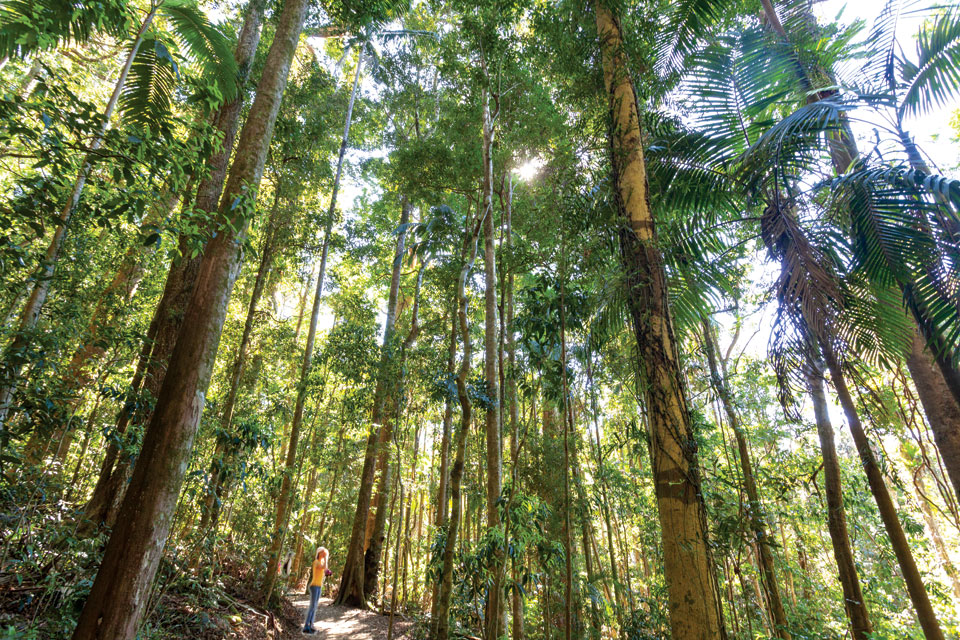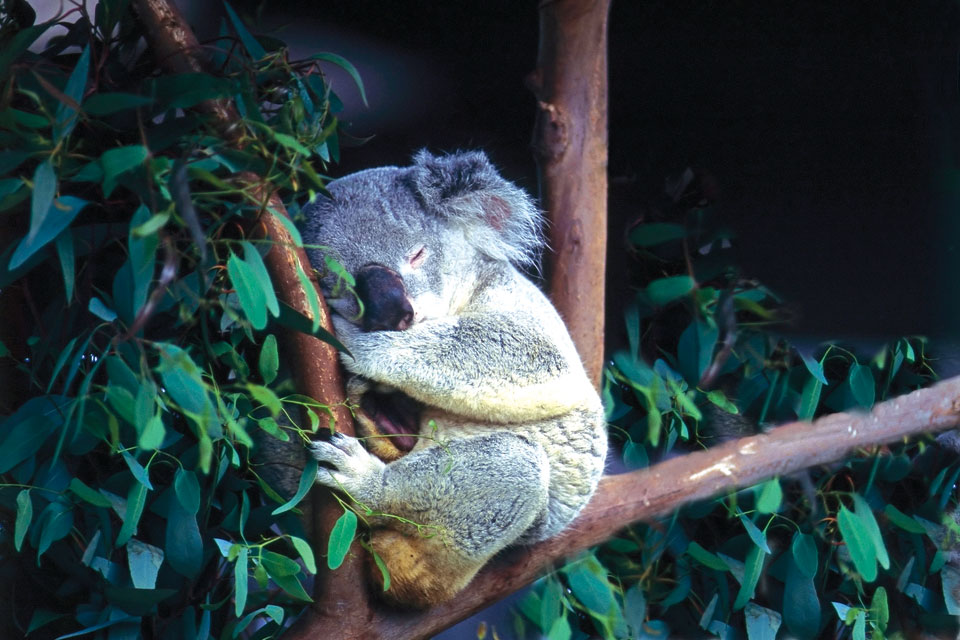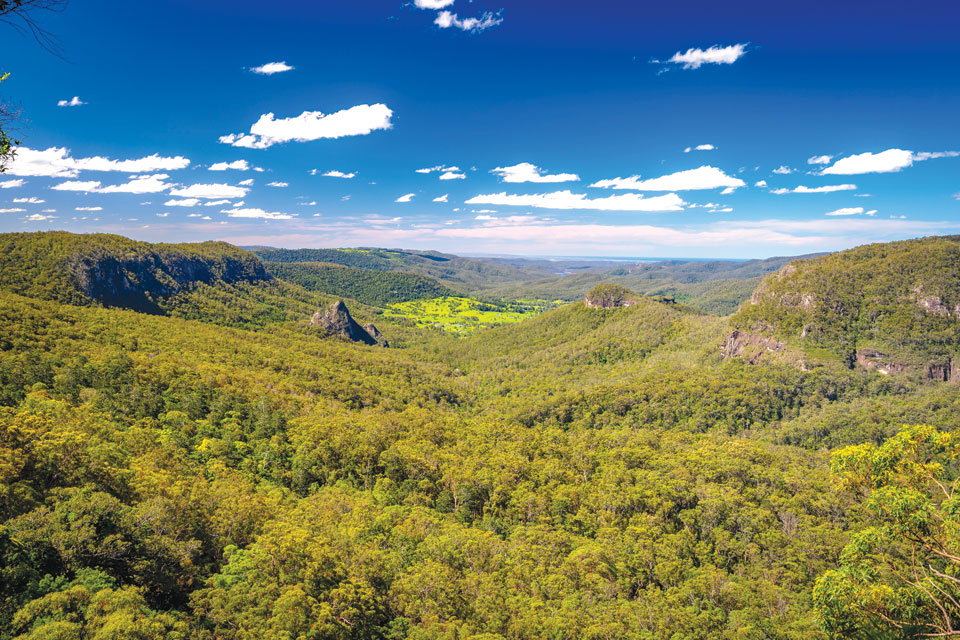
The earlier wildfires in Australia were a major issue for the survival of the koala population. At that time, they were considered “vulnerable” according to the IUCN Red List of Threatened Species. They are now categorized as “endangered,” and the facts suggest that they could inevitably become extinct in the wild.
Koalas are slow-moving and live in eucalyptus trees that can ignite quickly, which makes them all the more vulnerable to wildfires. Many may have survived the flames but are stranded in scorched areas with no access to food. According to Reuters, about 2.5 million acres have been affected by the bushfires. In addition to wildfires, Australia has one of the highest land-clearing rates in the world. Eighty percent of the koala habitat has already disappeared.
The Australian Koala Foundation estimates that, as a result of the loss of their habitat, around 4,000 koalas are killed each year by dogs and cars alone. They believe that the koala population is somewhere between 43,000 and 80,000. That makes it critically important to save what is left.
The Chairman of the Australian Koala Foundation, Deborah Tabart, estimates that over 1,000 koalas have been killed as a result of the recent fires and that 80 percent of their habitat has been destroyed.
The bushfires, along with prolonged drought and deforestation, have led to koalas becoming “functionally extinct,” according to the Australian Koala Foundation. However, some researchers call into question that prediction, noting how difficult it is to measure total koala populations and that populations could be much larger than estimated by the AKF. Functional extinction is when a population becomes so limited that they no longer play a significant role in their eco-system and the population becomes no longer viable. While some individuals could reproduce, the limited number of koalas makes the long-term viability of the species unlikely and highly susceptible to disease.



Koalas are not bears even though most people call them that. They are not placental or ‘eutherian’ mammals, but Marsupials, which means that their young are born immature and they develop further in the safety of a pouch.
Koalas have five digits on each front paw, two of which are opposed to the others, much like our thumbs are able to be moved differently from the fingers. This helps them to hold firmly onto the branches and to grip their food. Koalas eat the leaves from the eucalyptus trees in the wild.
Most of their time is spent sleeping because it requires a lot of energy to digest their toxic, fibrous, low-nutrition diet, and sleeping is the best way to conserve energy.
Each koala’s “home” is made up of several trees called “Home Trees.” They visit these same trees regularly and are called the koala’s “Home Range.” Each koala has its own home range, which overlaps those of other koalas. Unless breeding, they don’t normally visit another koala’s home trees.
The size of each home range depends upon a range of factors including the quality of the habitat and the sex, age and social position of the koala in the population. A mature male has a dark scent gland in the center of his white chest which exudes a dark, sticky substance. He rubs this on his trees to indicate to other koalas that this is his territory.
Koalas are mostly nocturnal. Nocturnal animals are awake at night and asleep during the day. Koalas, however, sleep for part of the night and also sometimes move about in the daytime. They often sleep for up to 18-20 hours each day.
Koalas also communicate with each other by making a range of noises. The most unexpected of these in such a gentle animal is a sound like a loud snore and then a belch, known as “bellow.”
Younger breeding females usually give birth to one “joey,” as babies are called, each year, depending on a range of factors. However, not all females in a wild population will breed each year. Some, especially older females, will produce offspring only every two or three years. When the joey is born, it’s less than an inch long, is blind and furless, and its ears are not yet developed. On its amazing journey to the mother’s pouch, it relies on its well-developed senses of smell and touch. Once in the pouch, it attaches itself to one of the two teats which swells in its mouth, preventing it from being dislodged from its source of food. The joey stays in its mother’s pouch for about 6 or 7 months, drinking only milk.


After venturing out of the pouch, the joey rides on its mother’s abdomen or back, although it continues to return to her pouch for milk until it is too big to fit inside. The joey leaves its mother’s home range between 1 and 3 years old, depending on when the mother has her next joey.
Female koalas are fully mature by about 2 years of age and males by their third or fourth year. By this time, they need to have found their own home range, either in a home range left vacant by a dead koala or in a new area of the forest. This is one reason why koalas need quite large areas of habitat. Koalas do not live in rainforests or desert areas.
They live in the tall eucalypt forests and low eucalypt woodlands of mainland eastern Australia, and on some islands off the southern and eastern coasts. Queensland, NSW, Victoria and South Australia are the only states where koalas are found naturally in the wild.
There are well over 700 varieties of eucalypts. Koalas eat only some of these. They are very fussy eaters and have strong preferences for different types of gum leaves.
A forest can only have a certain number of koalas living in it. This is called the forest’s “carrying capacity.” The available gum trees can only feed a certain number of koalas. Koalas don’t normally need to drink as they get all the moisture they need from the
eucalyptus gum leaves.
However, they can drink, if necessary, such as in times of drought when the leaves may not contain sufficient moisture.
There are many efforts in Australia to save the koalas from extinction. There are various groups rescuing those from fire damaged areas and taking care of the injured ones with burns. They are also setting up drinking stations for the koalas that have lost their main source of food and moisture. Most groups are looking for assistance in funding to be able to meet their goals. Here are some that seem very worthwhile: Koalas in Care, Port Macquarie Koala Hospital, and The Australian Koala Foundation.

